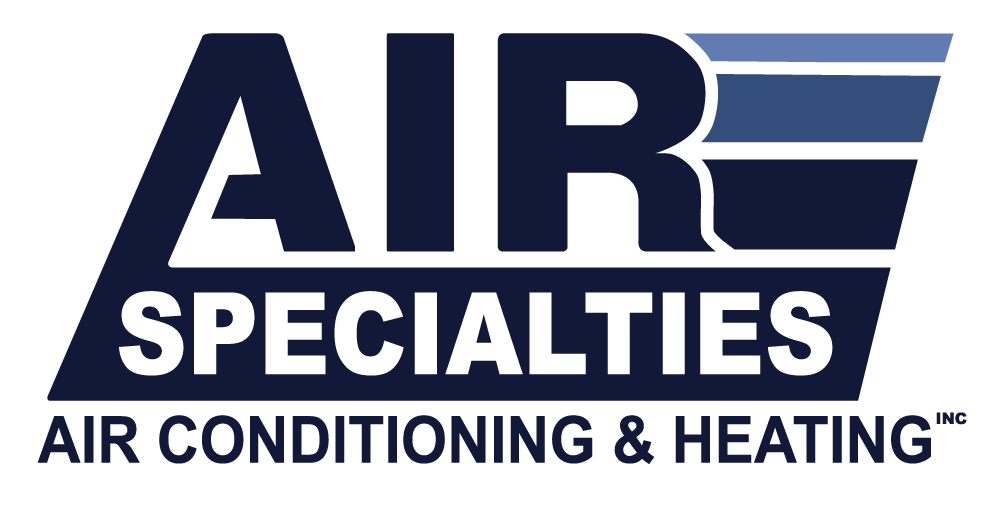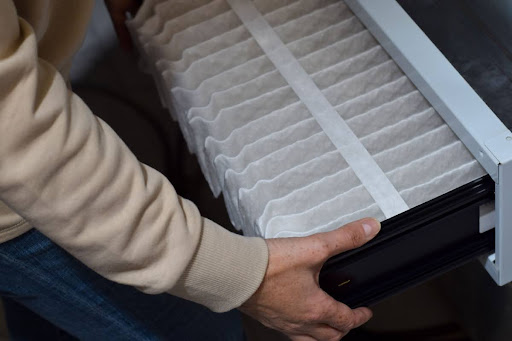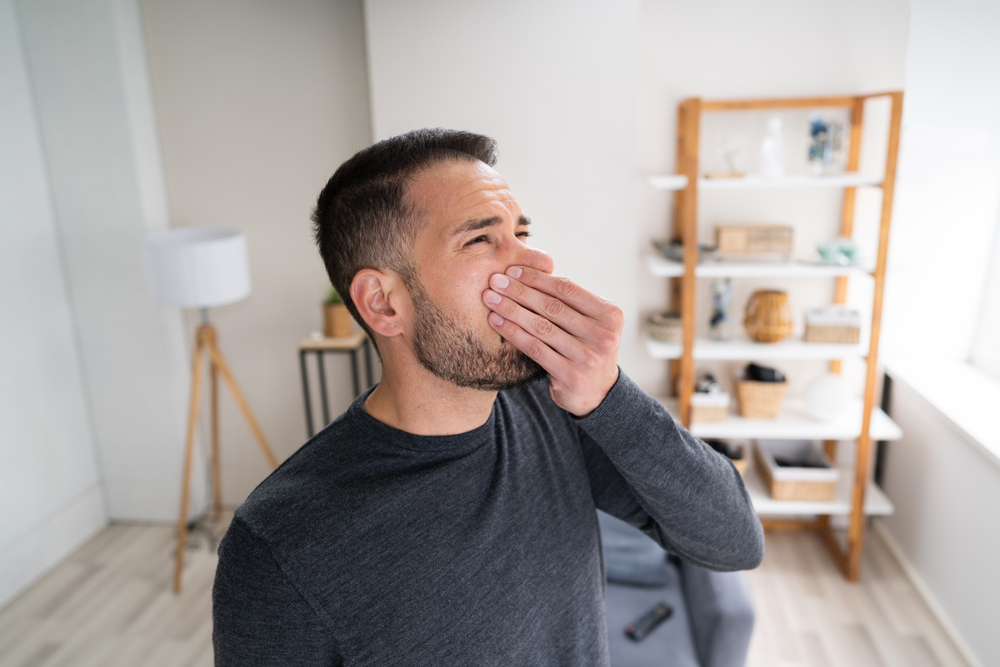If you’re a homeowner who relies on a gas furnace to keep warm, the idea of a failing heat exchanger likely raises concerns. A damaged heat exchanger isn’t something you’d want to ignore, especially when it can lead to significant safety and efficiency issues. Understanding the warning signs of a cracked heat exchanger could save you from costly repairs and even more serious dangers down the road.
As a leading HVAC company in New Haven County, Air Specialties is here to break down all you need to know when it comes to your furnace’s heat exchanger, including signs it’s in trouble. When you notice any of these irregularities, call us right away for prompt furnace repair. We’ll implement long-lasting solutions or recommend a furnace replacement if your current system is outdated and unable to keep up with your comfort needs.
What Is a Heat Exchanger, and Why Is It Essential?
In any furnace, especially gas furnaces, the heat exchanger plays a crucial role in warming up the air that circulates through your home. It’s essentially the chamber where combustion occurs, and the generated heat is transferred to the air, which is then blown into your living spaces. A properly functioning furnace heat exchanger keeps combustion gasses, like carbon monoxide, separate from the indoor air you breathe.
The heat exchanger comes in two main parts: the primary heat exchanger, which handles the bulk of the heating, and the secondary heat exchanger, which recovers additional heat to increase energy efficiency. Over time, these components can develop cracks due to regular wear and tear, which can lead to a host of problems, some of which can be deadly.
Why a Failing Heat Exchanger Is Dangerous
A cracked heat exchanger can release harmful gasses into your home, including carbon monoxide — a colorless, odorless gas that’s potentially lethal in high concentrations. When the integrity of the furnace’s heat exchanger is compromised, you face the risk of carbon monoxide poisoning, a danger that should never be underestimated.
Beyond the health hazards, a faulty heat exchanger can also lead to higher utility bills. Cracks in the exchanger can disrupt the heating system’s ability to function efficiently, requiring more energy to maintain a comfortable temperature. These cracks can also strain other components, accelerating their wear and potentially shortening your furnace’s lifespan.
Common Signs of a Failing Heat Exchanger
Identifying early signs of a failing heat exchanger can help prevent dangerous situations. Here’s what to watch for:
Odd Smells in Your Home
A cracked heat exchanger may cause unusual odors. If you notice a sulfuric or metallic smell coming from your heating system, it could be an early indicator of cracks. These odors come from combustion gasses that leak from the damaged exchanger and may signal an underlying problem. Taking note of this smell and having it inspected can make all the difference in your heating system’s longevity.
Yellow or Flickering Burner Flame
A gas furnace typically has a stable, blue flame when it’s running properly. If you notice that the burner flame has turned yellow or started flickering, it’s often due to improper combustion, which could indicate a faulty heat exchanger. A cracked exchanger disrupts airflow within the furnace, causing incomplete combustion and a shift in flame color. A professional inspection can quickly identify whether this flame behavior is related to heat exchanger cracks or another issue.
Soot Buildup Around the Furnace
Another warning sign to look out for is soot buildup around your furnace. When the furnace’s heat exchanger fails to perform properly, it can result in excessive soot or a dark, dusty residue near the furnace. This buildup indicates that the combustion process isn’t occurring as it should, which can be caused by heat exchanger damage. Not only does this soot signify a potential issue with the furnace, but it can also reduce air quality in your home and increase the risk of respiratory problems.
Visible Cracks or Corrosion
If you can access and visually inspect your furnace, check for any obvious cracks or signs of corrosion on the heat exchanger. Rust and corrosion weaken the metal and increase the likelihood of cracks developing. This deterioration happens naturally over time, especially in older heating systems, but it’s essential to address visible damage sooner rather than later.
Unexplained Health Symptoms Among Family Members
If anyone in your household experiences sudden flu-like symptoms, including headaches, dizziness, nausea, or fatigue, it could be due to a carbon monoxide leak from a faulty heat exchanger. Carbon monoxide poisoning has symptoms similar to those of common illnesses, making it harder to identify without a carbon monoxide detector. When these symptoms appear in combination with any of the furnace issues mentioned, there’s a strong chance that your heating system could be to blame.
Steps to Take if You Notice These Signs
When you suspect a problem with your furnace’s heat exchanger, prioritize the safety of your household. If there’s a carbon monoxide leak, open windows immediately to ventilate your home. Turn off the heating system and avoid using it until a professional can perform a thorough inspection. Investing in a carbon monoxide detector is also an important safety step, as it can alert you to dangerous levels of gas in your home.
Scheduling an inspection with HVAC professionals as soon as possible will ensure that any heat exchanger cracks are identified and repaired. They can assess the severity of the problem and recommend the appropriate course of action, whether that’s repairing or replacing the damaged component.
Preventative Measures to Avoid Heat Exchanger Failure
Routine maintenance can help prevent heat exchanger issues before they start. Scheduling annual inspections allows HVAC technicians to detect and resolve small problems early, reducing the risk of larger failures. During these checkups, technicians clean and assess your furnace to check that every part functions optimally.
Regular filter changes also go a long way toward protecting your furnace’s heat exchanger. When filters become clogged, it can cause the furnace to overheat, leading to strain on the heat exchanger. By replacing filters according to the manufacturer’s recommendations, you can extend the lifespan of your furnace and avoid costly repairs.
When Heat Exchangers Should Be Replaced
Repairing a cracked heat exchanger is possible in some cases, but if the furnace is old or if the damage is extensive, replacement might be the better option. Repair costs can add up quickly, especially when combined with the risk of further issues down the line. In contrast, a new furnace, while more of an investment, provides peace of mind and a warranty that covers potential future repairs.
If you’re dealing with frequent breakdowns, rising energy costs, or excessive repairs, it may be time to replace your furnace. An HVAC technician can evaluate your furnace’s overall condition and advise on whether a repair or replacement makes the most sense for your situation.
Call Today for Heat Exchanger Repair
Air Specialties knows how crucial a reliable heating system is for your home’s comfort and safety. If you suspect any issues with your furnace’s heat exchanger, our experienced technicians are here to help. We provide thorough inspections, identifying cracked heat exchangers and any potential problems in your heating system.
Book an appointment with us today to get your furnace back in shape and ensure your home stays safe and warm all winter long.







